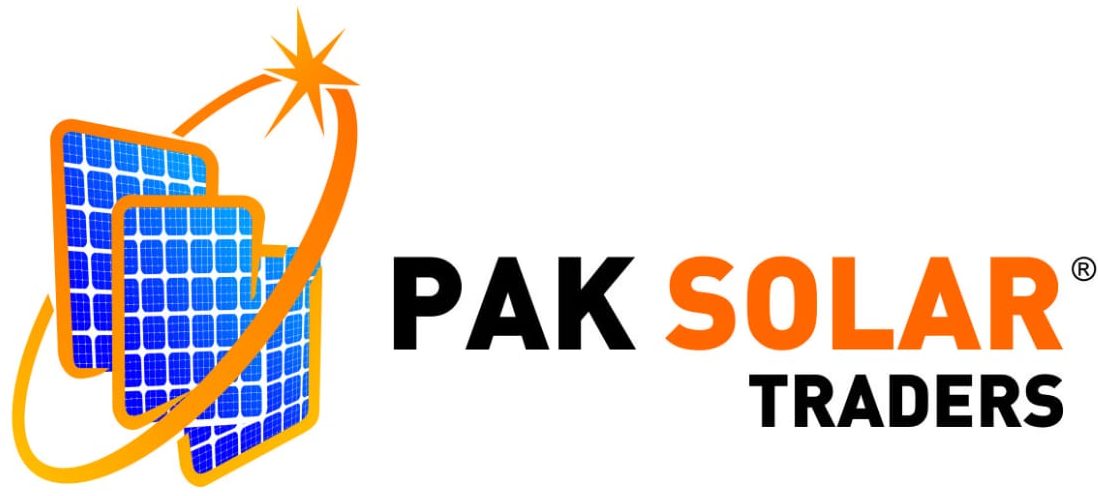Half Cut Solar Panels: Higher Efficiency & Better Shade Tolerance
Half-cell modules have solar cells that are cut in half, which improves the module’s performance and durability. Traditional 60- and 72-cell panels will have 120 and 144 half-cut cells, respectively. When solar cells are halved, their current is also halved, so resistive losses are lowered and the cells can produce a little more power. Smaller cells experience reduced mechanical stresses, so there is a decreased opportunity for cracking. Half-cell modules have higher output ratings and are more reliable than traditional panels.
“When considering a solar installation, the idea of ‘more’ is at the forefront—produce more energy, save (or earn) more money and do more good for the environment,” said Cemil Seber, VP of global marketing and product management for module manufacturer REC. “In the case of rooftops where there is a limited amount of space available, using solar panels with half-cut cell technology can help.”
What are half-cut solar cells?
Just as bifacial solar panels and PERC solar cells provide small boosts in the efficiencies of silicon solar panels, implementing half-cut cells in solar panels can help improve the power output of a solar panel system. Half-cut solar cells are exactly what their name suggests – they are traditional silicon solar cells that have been cut in half using a laser cutter.
Half-cut cells provide several benefits over traditional solar cells. Most importantly, half-cut solar cells offer improved performance and durability. Performance-wise, half-cut cells can increase panel efficiencies by a few percentage points. And in addition to better production numbers, half-cut cells are more physically durable than their traditional counterparts; because they are smaller in size, they’re more resistant to cracking.
Due to these advantages, solar panels built with half-cut solar cells have the potential to provide quicker solar payback periods for property owners installing solar energy systems. Especially for installations where shading and limited space are constraining factors, half-cut cells can make a solar panel installation even more worth the upfront cost.
REC is a half-cell pioneer, first introducing the design in 2014. The company’s TwinPeak half-cell module series effectively turns each panel into two twin panels. Since the cells are smaller, inter-cell spacing doesn’t have to be as wide and they can be placed closer together. This allows REC to separate the panel into two. Independent upper and lower module halves lead to improved shading response. If the bottom half of a module is shaded, the top half will still perform.
What solar panel manufacturers use half-cut cells?
The first half-cut cell solar panels were introduced in 2014 by REC Solar, and they have since been transferring much of their module manufacturing to be equipped for half-cut cell production. Aside from REC, many manufacturers have introduced half-cell modules. Trina Solar, Hanwha Q CELLS, JinkoSolar, and LONGi Solar are just some of the large solar panel manufacturers who produce half-cell panel options.
How do half-cut solar cells improve panel performance?
There are a few main ways that half-cut cells can boost solar panel output and performance:
1. Reduced resistive losses
One source of power loss when solar cells convert sunlight into electricity is resistive losses, or power lost during electrical current transport. Solar cells transport current using the thin metal ribbons that cross their surface and connect them to neighboring wires and cells, and moving current through these ribbons leads to some energy lost. By cutting solar cells in half, the current generated from each cell is halved, and lower current flowing leads to lower resistive losses as electricity moves throughout cells and wires in a solar panel.
2. Higher shade tolerance
Half-cut cells are more resistant to the effects of shade than traditional solar cells. This is not due to the cells being cut in half, but rather a result of the wiring methods used to connect half-cut cells in a panel. In traditional solar panels built with full cells, the cells are wired together in rows, known as series wiring. In series wiring schemes, if one cell in a row is shaded and not producing energy, the entire row of cells will stop producing power. Standard panels typically have 3 separate rows of cells wired together, so shade on one cell of one row would eliminate a third of that panel’s power production.
Find the right solar panels for your installation
Half-cut solar cells are an exciting technology in the solar industry and can be a solution for property owners looking to maximize energy production with high-efficiency, shade-tolerant solar panels. In order to find the best solar system option for you at the right price, register your property on the EnergySage Solar Marketplace to begin receiving custom solar quotes submitted by local solar companies. If you are interested in solar panels made with half-cut solar cells, you can simply leave a note on your profile for installers to see. Not all solar panel manufacturers use half-cut cell technology, but certain installers may carry half-cut panels.
